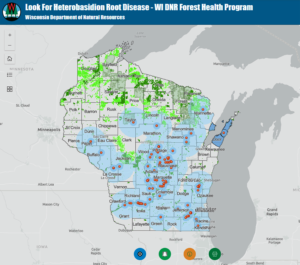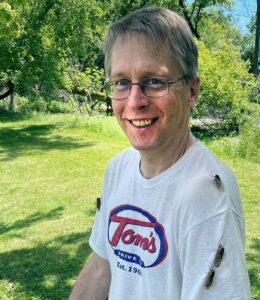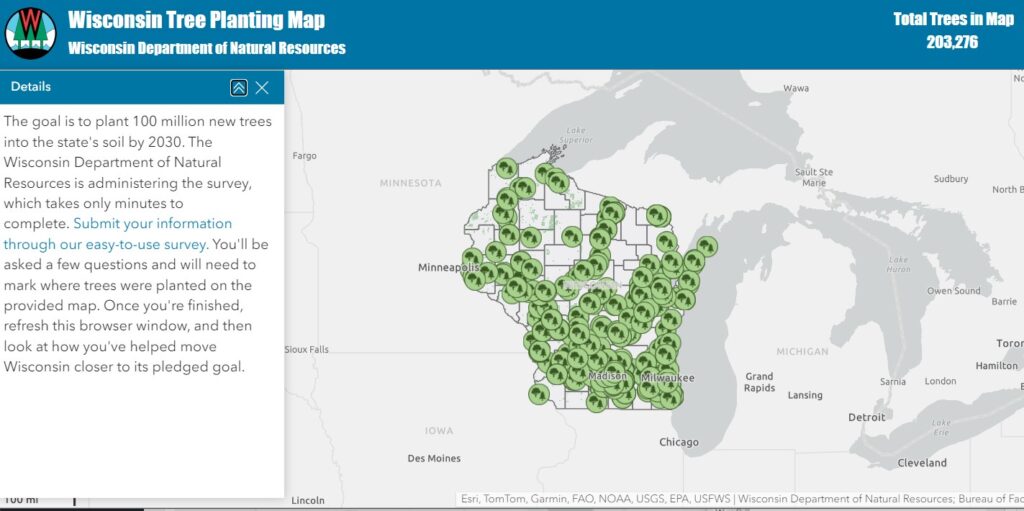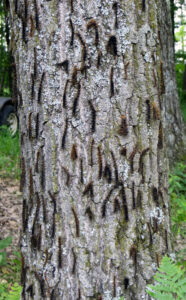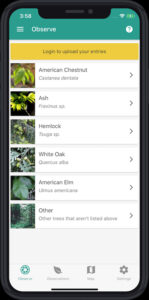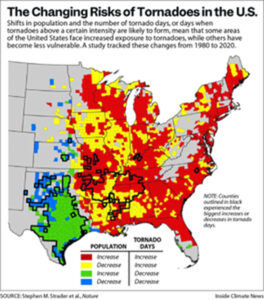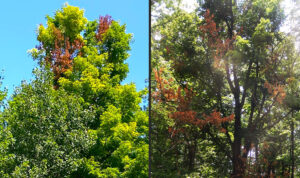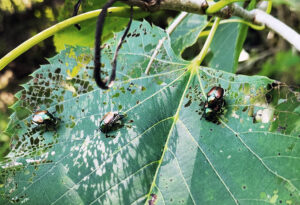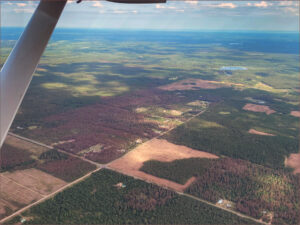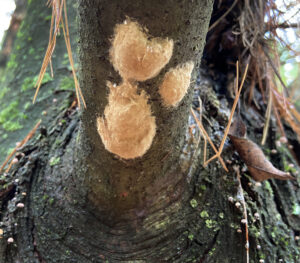
Large egg masses are seen on a tree at the Kettle Moraine State Forest-Southern Unit in 2021. / Photo Credit: Bill McNee, Wisconsin DNR
By Bill McNee, DNR Forest Health Specialist, Oshkosh
Bill.McNee@wisconsin.gov or 920-360-0942
Part Two of a report on spongy moth in Wisconsin in 2024 and 2025. Part One was published in December.
The Wisconsin Department of Natural Resources (DNR) is encouraging property owners to examine their property for spongy moth egg masses and plan for action this spring if needed. Each spongy moth egg mass contains hundreds of eggs that will hatch into hungry, leaf-eating caterpillars this spring. Large numbers of these invasive caterpillars can be a tremendous nuisance that may cause tree mortality.
Continue reading “Make Plans Now To Fight Spongy Moth In 2025”

